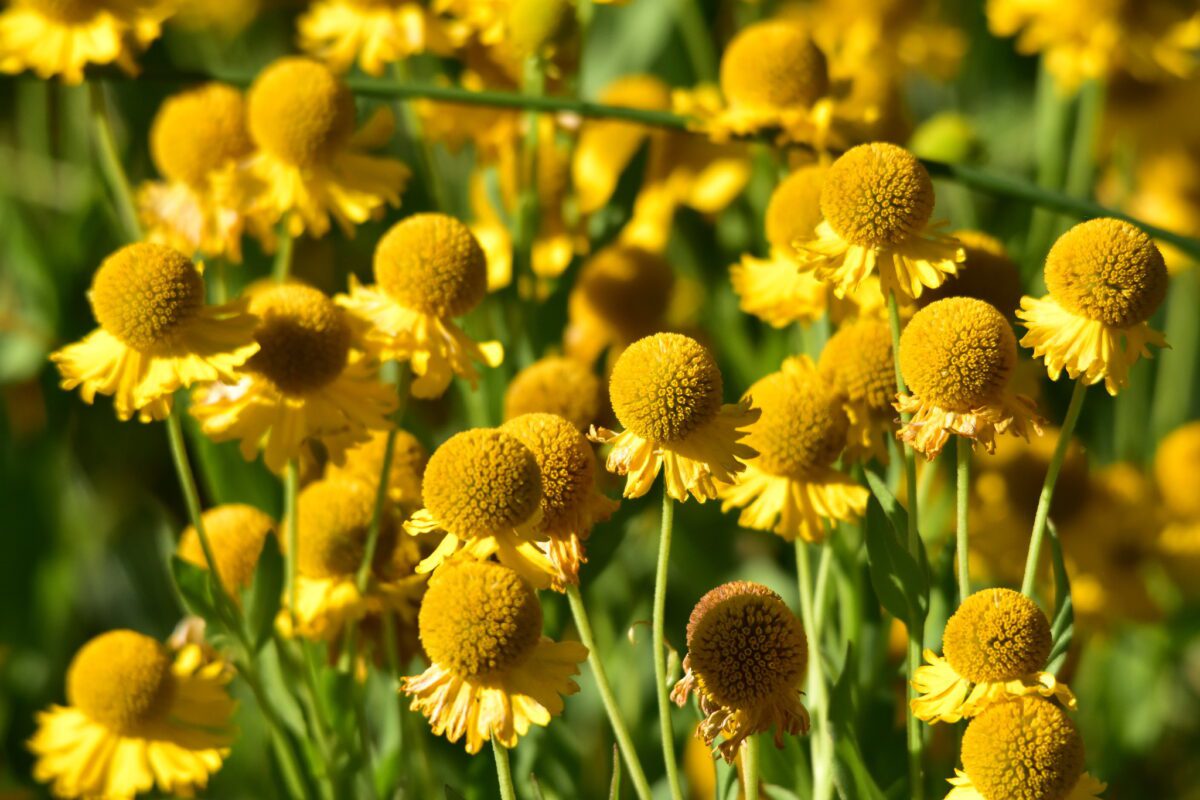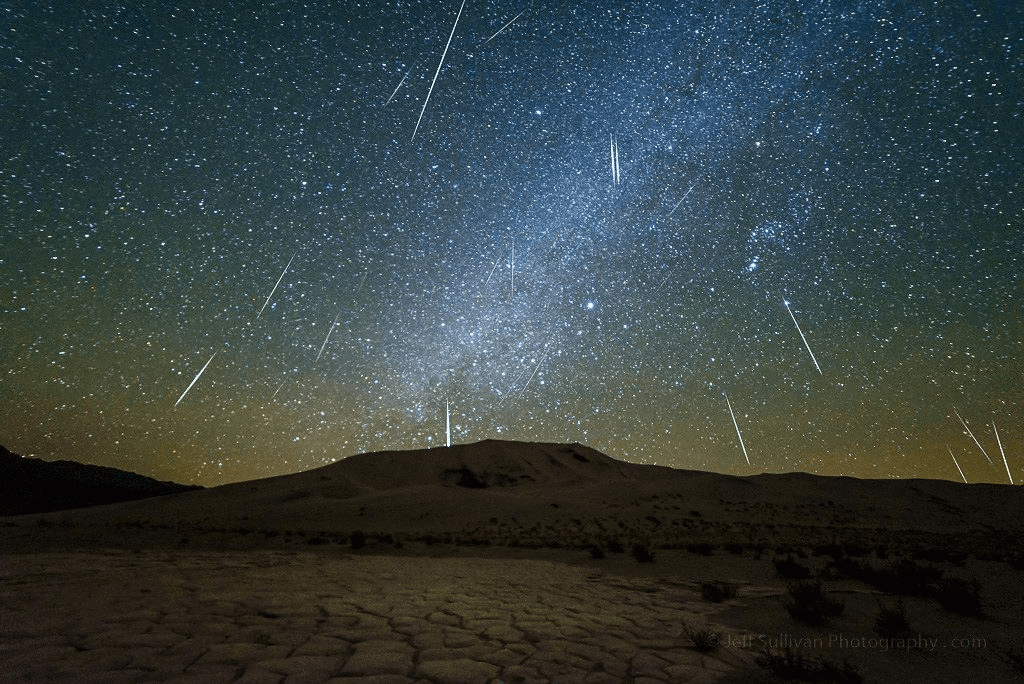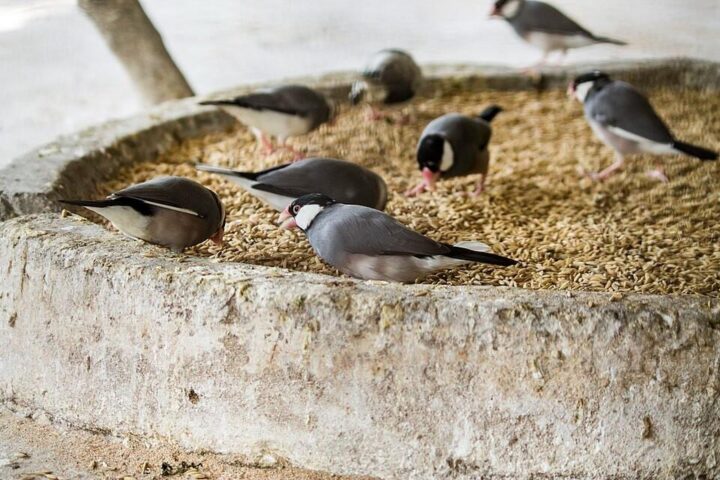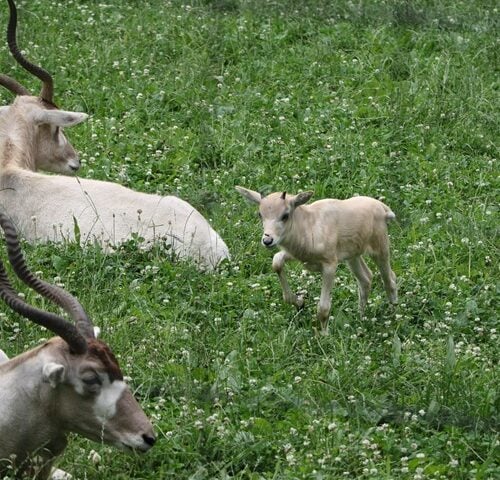An invasive plant, Globe Chamomile, or ‘stinknet’ is becoming more & more prevalent in Arizona. Often mistaken for a flower, stinknet is not native to Arizona; it comes from South Africa. Many people want to get rid of it, though it is not clear how stinknet got to Arizona.
When the stinknet dries out, it becomes a fire hazard. The properties & mountainside in Cave Creek are blanketed by stinknet. A lot of work is required to remove stinknet & can cost thousands of dollars. It is a threat to human health & the Southern Desert ecosystem.
It can trigger skin rashes & asthma attacks in those who are sensitive to it. The smell of stinknet is subtle & pleasant at first, but it grows more pungent with continued exposure. Stinknet can cause headaches if working around it.
An entire landscape can be taken over quickly by stinknet to squeeze out native plants. It spreads more easily than other invasive plants like buffet grass. It can even take root in undisturbed soil.
An acrid smell is produced by stinknet, which causes irritation to the lungs when it burns. Stinknet is added to the Arizona Department of Agriculture‘s list of noxious weeds in 2020. From November to March, the stinknet emerges in staggered fashion.
It grows in dense mats low to the ground until it erupts with blooms that give it its other nickname, globe Chamomile. Globe chamomile (GC) has sunny, ball-shaped blooms that resemble little yellow lollipops. GC’s each ball is actually a tiny bouquet of about 100 tightly packed flowers.
Clouds of powder-fine seeds are produced by GC and can be dispersed by wind & water or carried away on vehicles, boots, or clothing. It first appeared in Maricopa County in the 1990s & quickly spread outward along major transportation routes.
Empty lots & highway embankments from the northern edge of Phoenix to Casa Grande could be found carpeted by the yellow flowers of stinknet. It arrived in Tucson in 2015 & was first spotted on a vacant lot near Prince & Interstate 10. The best way to eradicate stinknet can be figured out by a team that is fighting to do so.
- Wegmans Chocolate Recall Affects 9 States: What to Check on Your Package
- Wild Orangutans Take Power Naps After Poor Sleep, 14-Year Study Reveals Surprising Human Parallels
- Geely EX5 Electric SUV Enters Greece as Chinese EV Sales Surge 1423% and Market Grows 13.9%
- Endangered Secretary Bird Chick Thrives at Longleat as Wild Population Falls Below 10,000
- 8-Foot Shadow Werewolf Photographed in Bridlington’s Danes Dyke Woods by Paranormal Expert















![A male [[Great white shark]] off [[Isla Guadalupe]], [[Mexico]]. Along with many [[Mackerel scad|Mackarel scads]] seen in the background. Photo Source- Terry Goss (CC BY-SA 3.0)](https://www.karmactive.com/wp-content/uploads/2025/06/White_shark-720x480.jpg)


